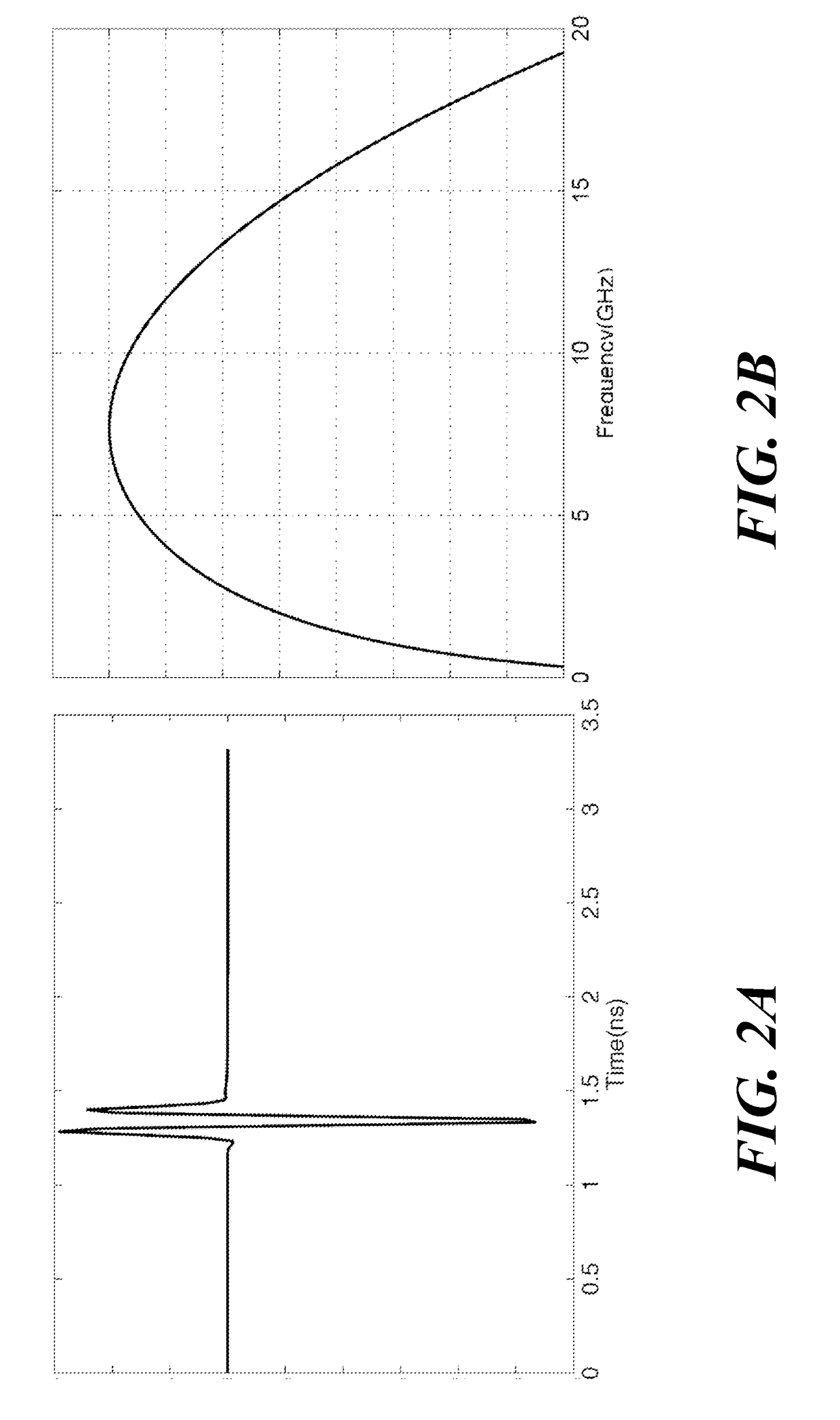Method and System for Autofocus Radar Imaging
- Summary
- Abstract
- Description
- Claims
- Application Information
AI Technical Summary
Benefits of technology
Problems solved by technology
Method used
Image
Examples
Embodiment Construction
[0013]The embodiments of our invention provide a method and system for mono-static radar imaging with a radar system with unknown position perturbations up to several wavelengths.
[0014]Data Acquisition Model and Inverse Imaging
[0015]Data Acquisition Model
[0016]As schematically shown in FIG. 1, we consider a 2D radar imaging application in which a mono-static radar system is moving along a predesigned trajectory to detect objects located in a region of interest (ROI). The radar system includes a set of antennas. The set can include one or more antennas. Each set of antennas can transmit pulses and receive echoes reflected, e.g., by objects located in the ROI. The pulses form a source signal, and the echoes form a reflected signal. Typically, one antenna transmits the pulses, and one or more antennas receive the echoes.
[0017]For simplicity, we assume that the radar system is moving in a straight line so that the system performs as a linear uniform virtual array, represented by dots 11...
PUM
 Login to View More
Login to View More Abstract
Description
Claims
Application Information
 Login to View More
Login to View More - R&D
- Intellectual Property
- Life Sciences
- Materials
- Tech Scout
- Unparalleled Data Quality
- Higher Quality Content
- 60% Fewer Hallucinations
Browse by: Latest US Patents, China's latest patents, Technical Efficacy Thesaurus, Application Domain, Technology Topic, Popular Technical Reports.
© 2025 PatSnap. All rights reserved.Legal|Privacy policy|Modern Slavery Act Transparency Statement|Sitemap|About US| Contact US: help@patsnap.com



